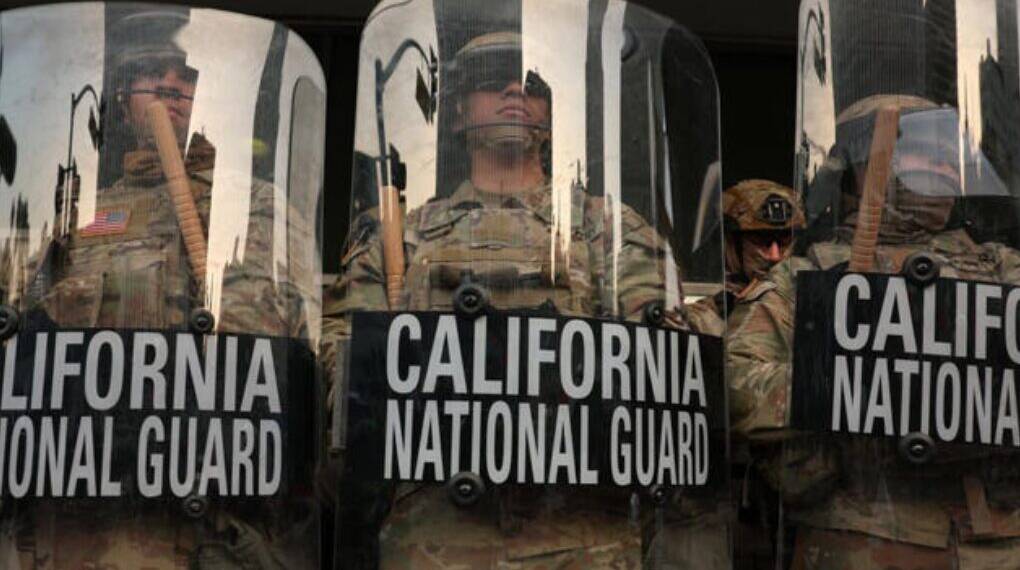Los Angeles remains at the center of a growing national debate following days of protests, a surge in law enforcement activity, and the controversial deployment of U.S. Marines and National Guard troops by the federal government.
On Tuesday, June 10, Los Angeles Mayor Karen Bass declared a local emergency and imposed a curfew in a one-square-mile section of downtown LA after continued unrest linked to recent Immigration and Customs Enforcement (ICE) raids across the city. The curfew, in effect from 8 p.m. Tuesday until 6 a.m. Wednesday, follows reports of vandalism, looting, and clashes between protesters and police.
The protests began after ICE agents conducted multiple operations on June 9, resulting in over 100 arrests. Demonstrators, alarmed by what they viewed as aggressive federal immigration enforcement, responded with large-scale protests in various neighborhoods. Tensions have since escalated, prompting a visible and robust law enforcement response.
The Trump administration responded to the unfolding events by deploying approximately 2,000 National Guard troops and later activating an additional 700 U.S. Marines. The decision to involve military personnel sparked significant pushback from California leaders, including Governor Gavin Newsom, who filed a legal request to block the deployment. Newsom argued that the use of federal troops in civilian areas could escalate tensions further and potentially infringe on state jurisdiction.
However, a federal judge rejected California’s request, allowing the deployment to continue. The court cited federal authority under existing laws to respond to domestic disturbances when deemed necessary to restore order or enforce federal law.
In the days following the initial protests, law enforcement utilized tear gas, rubber bullets, and other crowd-control measures to disperse gatherings that turned disruptive. One notable incident involved an Australian reporter being struck by a rubber bullet while broadcasting live. Officials reported dozens of arrests and significant property damage in certain areas.
President Donald Trump defended the deployment, stating that federal intervention was needed to restore order and ensure national security. Speaking to troops at Fort Bragg, he framed the situation in Los Angeles as part of a broader effort to combat what he described as lawlessness. He also criticized local leaders for what he called a failure to maintain public safety.
Meanwhile, Governor Newsom and Mayor Bass have expressed concern about the potential consequences of military involvement in domestic unrest. Both emphasized the need to prioritize de-escalation and community trust, even as they acknowledged the importance of maintaining public safety.
Local authorities report that more than 4,000 personnel are now involved in efforts to monitor and manage the protests, which have entered their fifth consecutive day. Police have begun making what they described as “mass arrests” of individuals violating curfew or engaging in property damage.
While some demonstrations have been peaceful, others have involved the blocking of major roadways, fires, and isolated incidents of looting. City officials continue to urge calm and have committed to protecting the right to peaceful protest while addressing public safety concerns.
The situation remains dynamic, with further protests expected in the coming days. Legal and political discussions around the federal government’s role in domestic law enforcement continue to unfold, raising important questions about the balance of power between states and Washington during times of civil unrest.








